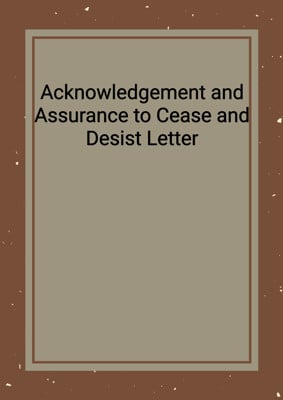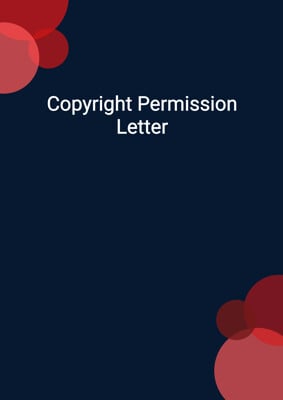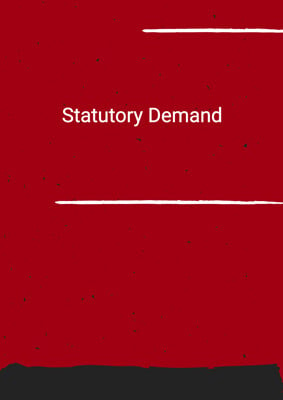How to Tailor the Document for Your Need?
01
Create Document
Click "Create Document" button and the document will be prepared with your account details automatically filled in.
02
Fill Information
Please fill in any additional information by following the step-by-step guide on the left hand side of the preview document and click the "Next" button.
03
Get Document
When you are done, click the "Get Document" button and you can download the document in Word or PDF format.
04
Review Document
Please review the document carefully and make any final modifications to ensure that the details are correct before sending to the addressee.
Document Preview
Document Description
The Cease and Desist Letter is a document that is used to address defamation issues and protect the reputation of a company. The importance of this document lies in its ability to demand the retraction of defamatory statements, the cessation of further defamatory statements, and the assurance that no further acts of defamation will be committed. By sending this letter, the company aims to prevent any further damage to its reputation and seek legal remedies if necessary.
The entire document consists of a detailed introduction, a description of the defamatory statements, an explanation of the legal implications of the statements, a demand for retraction and cessation, a request for a public apology (if applicable), a warning of potential legal action, and a deadline for compliance. Each section serves a specific purpose in conveying the company's position and intentions.
The introduction of the letter addresses the recipient and states the purpose of the letter, which is to address defamation. It establishes the seriousness of the matter and sets the tone for the rest of the document. The description of the defamatory statements provides specific details about the statements made and their impact on the company's reputation. This section aims to make the recipient fully aware of the nature and consequences of their actions.
The explanation of the legal implications of the statements clarifies whether the statements constitute slander or libel based on the laws of the jurisdiction. This section helps the recipient understand the legal basis for the company's claims and the potential legal consequences they may face. The demand for retraction and cessation clearly states the actions the recipient must take to rectify the situation and prevent further harm to the company's reputation.
If applicable, the request for a public apology emphasizes the importance of a public acknowledgment of the wrongdoing and its impact. This section aims to restore the company's reputation and mitigate the damages caused. The warning of potential legal action serves as a deterrent and informs the recipient of the consequences they may face if they fail to comply with the demands of the letter.
Finally, the deadline for compliance sets a timeframe within which the recipient must respond and take the necessary actions. This section emphasizes the urgency of the matter and signals the company's intent to pursue legal action if the demands are not met.
Overall, the Cease and Desist Letter is a comprehensive document that addresses defamation issues and seeks to protect the reputation of a company. It covers all aspects of the situation, from the description of the defamatory statements to the warning of potential legal action, and provides a clear roadmap for resolution.
How to use this document?
1. Identify the recipient: Begin by addressing the recipient of the letter, clearly stating their name and contact information. This ensures that the letter reaches the intended party.
2. Describe the defamatory statements: Provide a detailed account of the defamatory statements made about the company. Include specific examples and any supporting evidence available. This helps establish the basis for the company's claims.
3. Explain the legal implications: Clarify whether the statements constitute slander or libel based on the laws of the jurisdiction. This helps the recipient understand the seriousness of the situation and the potential legal consequences.
4. Demand retraction and cessation: Clearly state the actions the recipient must take, which include retracting the statements and ceasing any further defamatory statements. Specify a deadline for compliance to convey the urgency of the matter.
5. Request a public apology (if applicable): If deemed necessary, request a public apology from the recipient to mitigate the damages caused. Clearly state the expectations for the apology and its intended purpose.
6. Warn of potential legal action: Inform the recipient of the potential legal consequences they may face if they fail to comply with the demands of the letter. Emphasize the seriousness of the matter and the company's willingness to pursue legal remedies.
7. Set a deadline for compliance: Specify a deadline by which the recipient must respond and take the necessary actions. This creates a sense of urgency and allows the company to assess the recipient's willingness to cooperate.
8. Monitor for further statements: Notify the recipient that their statements will be closely monitored, and any further infringement will result in appropriate legal action. This serves as a deterrent and emphasizes the company's commitment to protecting its interests.
9. Request written acknowledgment: Ask the recipient to provide written confirmation of their intention to comply with the cease and desist demands. This creates a record of their response and demonstrates their commitment to resolving the matter.
10. Contact company for questions: Provide the company's contact information and encourage the recipient to reach out if they have any questions or require further clarification. This helps maintain open lines of communication and facilitates the resolution process.
Not the right document?
Don’t worry, we have thousands of documents for you to choose from:

















